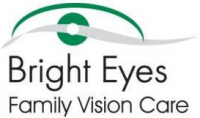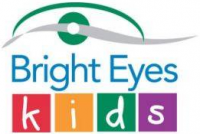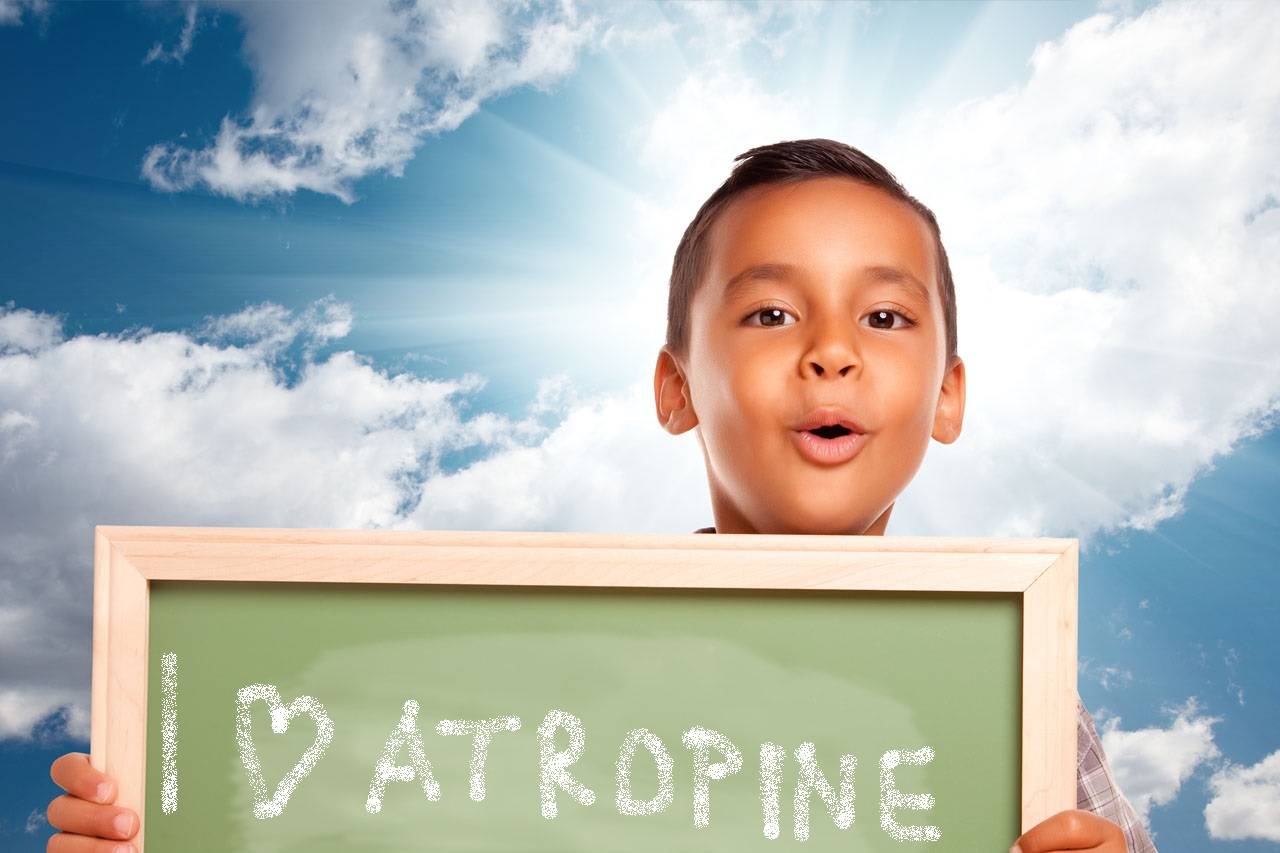Myopia Program: Atropine Eye Drops
What is Atropine for Myopia-Control?
Atropine eye drops have been used medically for close to 100 years. Due to the large increase in cases of myopia, researchers began experimenting with atropine eye drops as a method to control the progression (or increase of severity) of the child’s myopia (sometimes known as near/short sighted). The first studies were very promising using 1% of Atropine. However the method lacked feasibility due to the side effects of 1% atropine. If you have ever had your eyes dilated at an optometrist, you can imagine that the effects of dilation are not so feasible over long term.
Recent research by both the ATOM1 and ATOM2 as well as FANG, have researched the viability of using low doses of atropine to slow down the progression of Myopia. The results of the latest research are fantastic, with significant reduction of Myopia (50-60%) with ultra low doses (.01-.025%). The main difference between the latest research an older research is not that atropine is effective, but rather that atropine in low doses which produce almost no noticeable side effects is also effective.
Benefits of Atropine:
One of the main benefits of Atropine over other methods of myopia control is that it is more suitable for younger children. The reccomended age to begin treatment for Myopia is as young as 6 years old. In many cases the maturity required to care for Ortho-K contacts is at a much later age. Additionaly the cost of atropine is significantly more affordable than Ortho-K. The draw backs of Atropine, is that it still requires day time contacts or glasses, which is one of the added benefits of Ortho-K. For more information about Ortho-K for myopia control, click here
Is Atropine for Myopia Control FDA Approved?
Currently all treatment options for myopia control are what is called “off label”. This means that the method is approved by the FDA, but not for the specific task at hand. It is not as uncommon as one may think, with a recent study showing that 78.9% of children discharged from pediatric hospitals were taking one “off label” medication (Shah S.S., Hall M., Goodman D.M. Off-label drug use in hospitalized children [published correction appears in Arch Pediatr Adolesc Med. 2007;161(7):655] Arch Pediatr Adolesc Med. 2007;161(3):282–290.)
Recently a meeting was held between the American Academy of Ophthalmology (AAO), American Academy of Optometry (AAOpt), American Association for Pediatric Ophthalmology and Strabismus (AAPOS) and more to establish an FDA study for myopia control
Atropine Program Overview:
Atropine is a long-used medication that can be used to dilate the pupils, but also has been proven to reduce myopia progression in lower doses. Patients are prescribed to use one drop per eye daily, and will still need to wear glasses or contacts during the day. Side effects may include blurry vision up-close or sensitivity to light, depending on the dosage prescribed.
Program Details:
The Atropine Myopia Program is a year-long program that includes the medication prescription and evaluation process, a Visual Education Session, and Quarterly Follow-up Visits.
Specifically, the program includes:
- In-office application and evaluation of atropine eye drops.
- The atropine eye drops for treatment.
- Training and education for patient and parents about using the eye drops and possible side effects.
- Medical follow-up visits for the first month.
- Prescription to purchase atropine eye drops at a pharmacy.
- As many follow-up visits for myopia evaluation as needed.
- 1 Visual Education Session to help the patient improve their visual habits, reducing eyestrain and limiting the environmental effects that can increase myopia.
Request A Myopia Control Appointment
Research
- Audrey Chia, Qing-Shu Lu, Donald Tan. (2015)Five-Year Clinical Trial on Atropine for the Treatment of Myopia 2. (ABSTRACT) Ophthalmology Published Online August 11, 2015. Accessed 8/30/2015; doi: org/10.1016/j.ophtha.2015.07.004
- An Important Step Forward In Myopia Prevention: Low Dose Atropine Ian G. Morgan, PhD and Mingguang He, MD, PhD
- Atropine for the Treatment of Childhood Myopia: Safety and Efficacy of 0.5%, 0.1%, and 0.01% Doses



